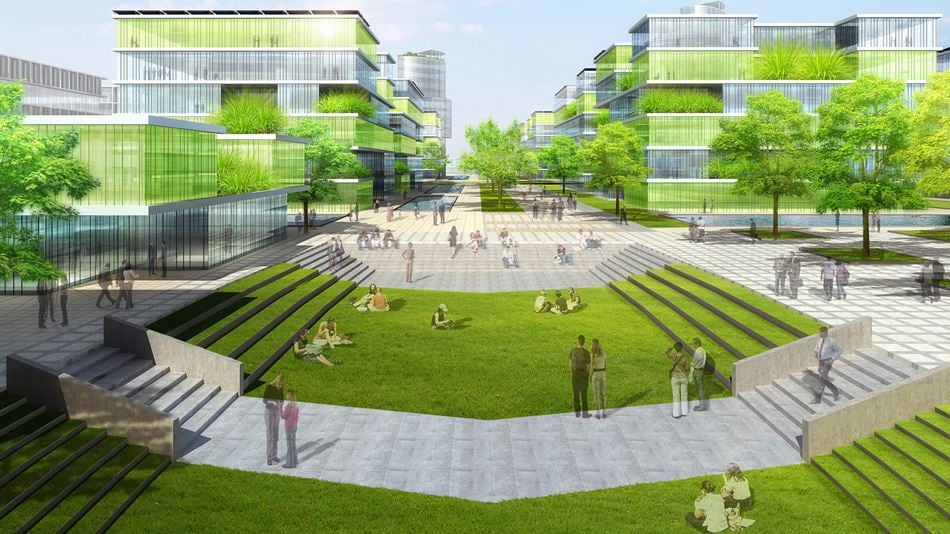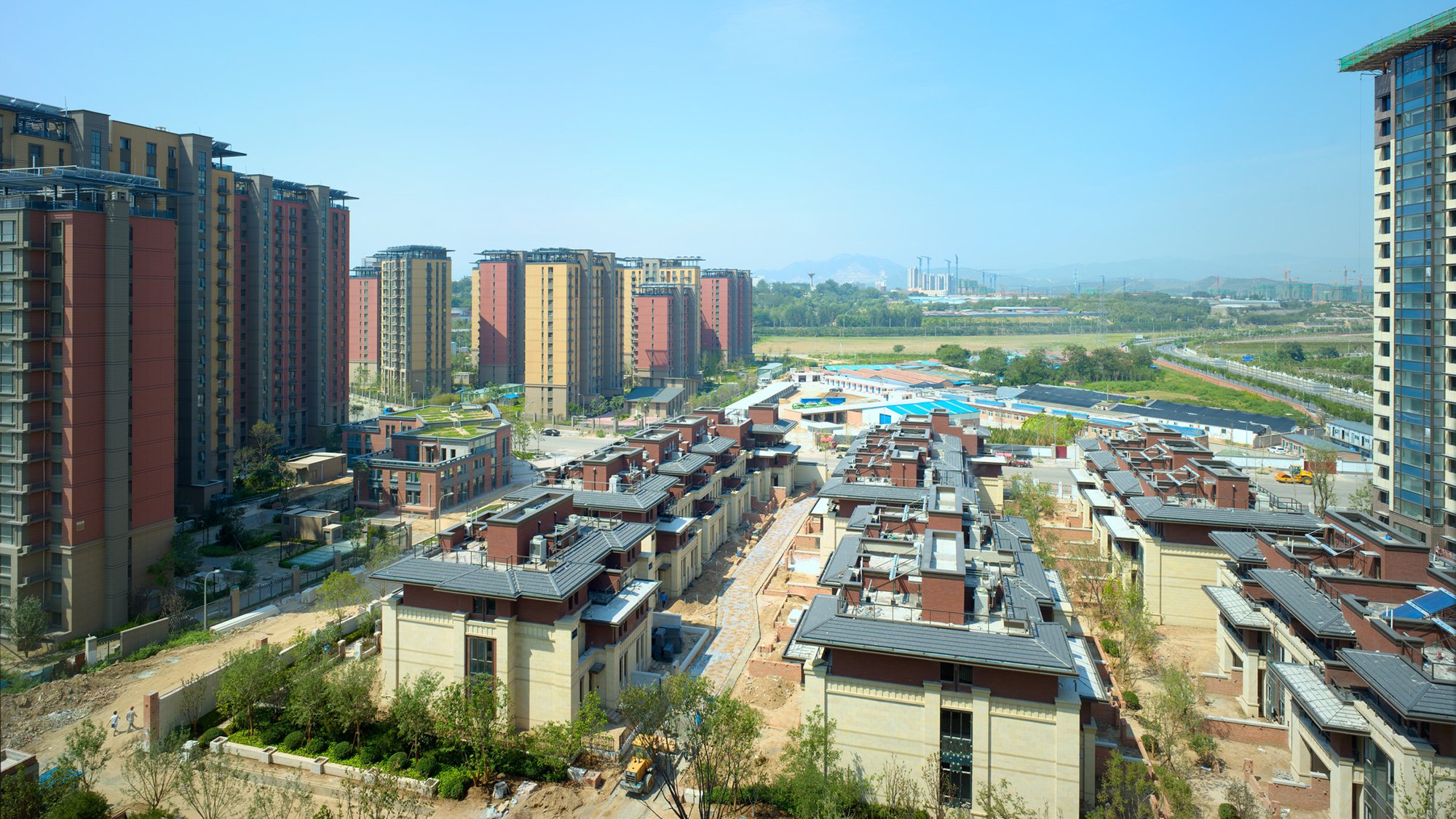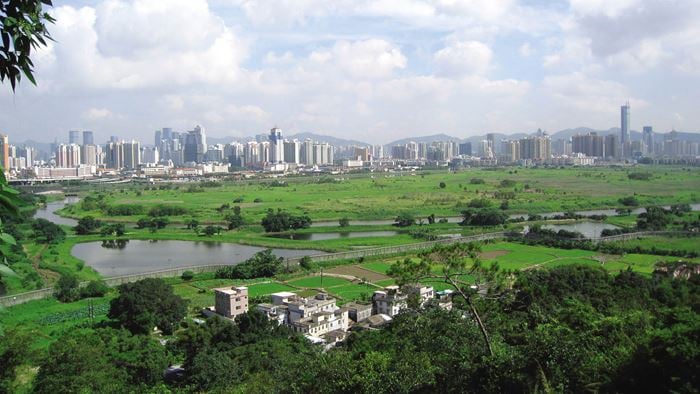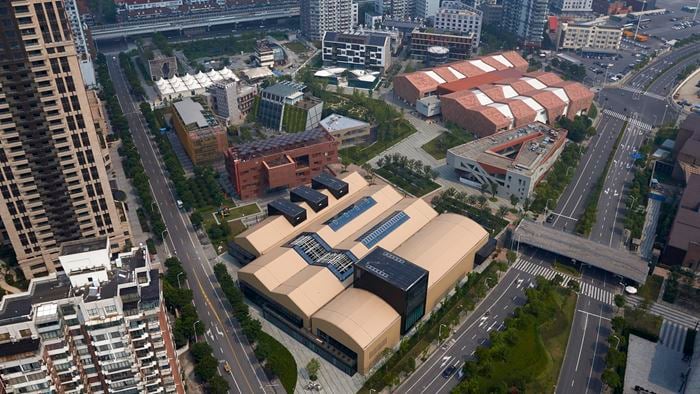Changxindian is Beijing’s first sustainable community and one of the most important development areas in the city’s rapid growth. The 500ha study area includes future residential, commercial, eco-industrial park (Zhongguancun) and open space for a planned population of approximately 70,000.
Arup worked with the Beijing Urban Planning and Design Institute, and in support of local government, to prepare a concept masterplan and planning and design guidelines for individual sites, buildings and public infrastructure.
The concept plan was developed based on a Sustainability Framework which clearly sets out a vision, objectives and performance indicators. Energy, water, waste, environment, ecology and transport strategies and indicators were developed to drive the preparation and evaluation of planning options and to achieve low carbon targets.
Project Summary
1st sustainable community in Beijing
500haof land for the planned 70,000 popluation
4green building and urban planning awards
The concept plan won the International Society of City and Regional Planners (ISOCARP) 2009 award for excellence. The award is the highest honour that ISOCARP can award to a city, region or institution.

“The jury considered it an excellent example in district planning and urban design in response to the global climate change concern and the urbanization pressure.
ISOCARP Jury, 2009 ”
Integrating a social dimension
Arup understood the importance of integrating a social dimension into the sustainability approach on the project. An in-situ village improvement plan was adopted to maintain the existing social structure, culture and traditional form of living.
The project balances the environmental, social and economic needs of the client and the city of Beijing to achieve energy efficiency, environmental friendliness, economic growth and social harmony.
Meeting local sustainability targets
Arup prepared sustainable guidelines as well as a set of low carbon zoning codes to guide design requirements for site planning, engineering, buildings, landscape ecology, water, waste and energy.
The current Chinese statutory planning system focuses on site specific development parameters such as density, plot ratios and setback requirements, which are not fully relevant to low carbon planning objectives in energy reduction, water recycling and waste management. This makes implementing low carbon plans a key challenge for planners in China and requires an innovative approach.
The project adopted a holistic, comprehensive sustainability framework and a set of twenty quantifiable indicators. The SPeAR® diagram, a design tool developed by Arup, was used to build stakeholder consensus. Arup’s innovation was highly praised by the Beijing authorities as the city’s first planning proposal driven by sustainability objectives and indicators.
During the design proposals, Arup modelled performance targets and technical requirements for individual sites at street block level to ensure sustainability targets for the collective site could be met through the implementation of enforceable zoning codes. The results are the incorporation of new site-specific zoning codes into the statutory plans.
This was the first time that the low carbon zoning codes of energy, water and waste parameters were experimented to be incorporated as part of China’s statutory planning system.
 ;
;







